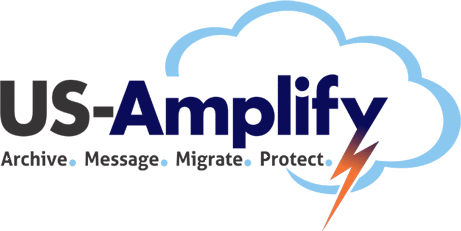Migration tools, is it really necessary?
In the many years that we have been involved in the email and archive migration space, the most common question we encounter from our clients is… “Why do I need to use a migration tool?” While it is true that many of the email and email archive solutions have a “native” capability to put the mail back into the user mailbox, relying on these mechanisms is rarely the best option. To get a better understanding on making this decision we’ll review the weaknesses and strengths of the Native Vs Toolset options.

To start this conversation we should take a look at the issues that are ever-present in these projects. Does the current platform even support a native extraction of data? Many of the solutions on the market have a very limited capability to extract data back into the mailbox. This is primarily due to the fact that the manufacturer’s API is not truly designed for this and that their business model is not enhanced by your extraction of this data. But leaving that conversation we’re going to focus on the more tangible aspects of the migration.
Tackling the migration project internally with the native solution may sound like it will be the most cost effective. However this is very rarely the case. The main reason these projects fail is that the staff assigned to manage the project simply do not have the free cycles in their work week to properly execute the work. These native tools are typically single threaded and this means that you may only process a single mailbox at a time. In most cases we see that the native toolset will take from 8 to 24
hours to extract the single mailbox. This is not an issue if you’re only needing to migrate 20 or so mailboxes but is still going to take a considerable amount of oversight. We find that it will require 50% of the resources time to properly plan, execute, track and report the activities of the migration. The main reason that the time demand is so high is that the resource has to “figure it out” as they go. The migration project is typically a very complex one to undertake. This means that the resource assigned to a “simple” 20 mailbox migration will probably spend 30 days executing the project. Given that most IT departments are understaffed this is going to impact the company in many ways.
In most cases, a company that has made the investment in these email and email archive platforms will certainly have more than 20 users. If we take the typical company in our experiences we see an average of 5000-10000 users with these platforms holding 20-200 T-Bytes of data. Making the assumption that each mailbox would take 8 hours to complete and assuming that the resource is working 24 hours per day, the lower end of the average for 5000 mailboxes would take 40,000 hours or 1,666,66 days to complete. Can you dedicate a company resource for a single project for 4.5 years without impacting the IT team?

Taking the decision beyond the simple Time vs Labor Costs criteria there are other factors that must be reviewed. The native tool as previously mentioned was not designed for the “mass exodus” of data and it does not have many of the features required. One of the biggest factors in making these decisions is based in the legal world. These emails are in fact business records and as such the company may have legal obligations to ensure that every message is properly accounted for. This “Chain of Custody” is one area that the native toolset has no capability to produce and each extraction is managed as a “Best Effort”. This means that if the user had 50,000 items and that if just 1% or 500 of them failed to extract there would be no records to show which 500 of the 50,000 were not extracted and this could subject the company to potential civil and criminal actions. This is a result that no company nor their executive staff ever wants to encounter.
Given the reasons as described above is why these migration toolsets have been developed. The use of these toolsets allows for a truly multi-threaded migration which means that we typically migrate 10-300 mailboxes at a time and that they offer advanced scheduling so that the processing is always running without any user intervention. In addition to the ease of operation provided by these tools, many of them have the advanced capability to bypass the native archive mechanisms and access the data directly which means that even if the archive cannot access an item many of these tools have methods to overcome the archive issues and deliver the data.
Conclusion
The email and email archive migration project is not a difficult process when all of the parameters of the project are properly managed and the proper toolsets are utilized. Attempting to “Go It Alone” without a partner with years of experience and the right migration toolset have caused many companies to spend far more that they should have when they figured out that they were over their heads. We have been called in on many such projects to pick up the pieces from the “Lone Wolf” approach in our years of experience.

